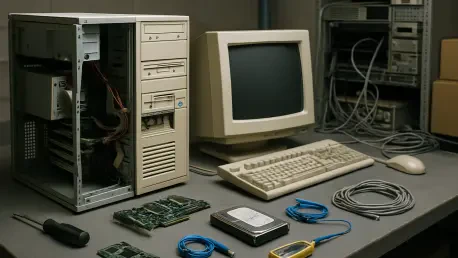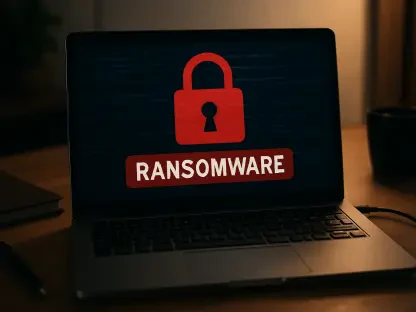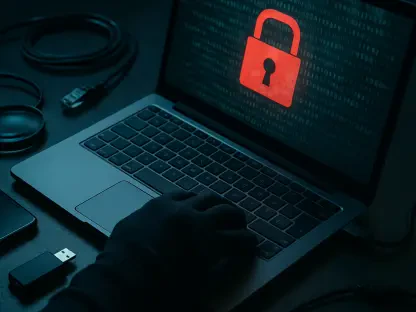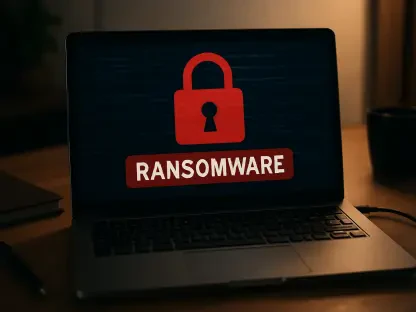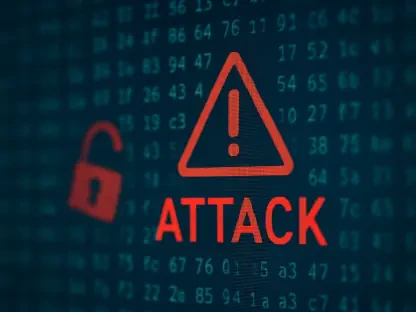Welcome to an insightful conversation on the critical topic of legacy IT systems and their impact on cybersecurity. Today, we’re speaking with Rupert Marais, our in-house security specialist with deep expertise in endpoint and device security, cybersecurity strategies, and network management. With the looming end-of-life date for Windows 10 in 2025 and growing threats targeting outdated systems, Rupert offers a wealth of knowledge on why addressing legacy IT is an urgent priority for organizations across all sectors. In this interview, we explore the inherent risks of outdated technology, the challenges of upgrading systems, the unique vulnerabilities in critical industries, and practical strategies for managing migrations with minimal disruption.
Can you start by explaining what legacy IT systems are and why they represent such a significant security risk for organizations today?
Legacy IT systems are essentially older technologies—think outdated operating systems, software, or hardware—that are no longer supported by their vendors with updates or security patches. This lack of support means that any new vulnerabilities discovered in these systems won’t be fixed, leaving them wide open to exploitation by attackers. The risk is huge because many organizations still rely on these systems for critical operations, often without realizing how exposed they are. Cybercriminals know this and actively target unsupported systems since they’re easier to breach due to weaker security controls and the absence of modern defenses.
How do systems like Windows 10 become vulnerable once they hit their end-of-life date, such as the upcoming cutoff in 2025?
Once a system reaches its end-of-life, the vendor—Microsoft, in the case of Windows 10—stops releasing security updates or patches. That means any new bugs or flaws found after October 14, 2025, will remain unaddressed. Attackers can exploit these gaps to gain access, steal data, or deploy malware. Without updates, these systems also miss out on evolving security features, making them sitting ducks compared to newer, supported versions like Windows 11. It’s not just about one vulnerability; it’s the cumulative effect of every unpatched issue stacking up over time.
Can you share some real-world examples that highlight the dangers of clinging to unsupported systems?
Absolutely, one of the most infamous cases is the WannaCry ransomware attack in 2017. It targeted systems running Windows XP, which had reached its end-of-life in 2014, meaning no security updates were available. Attackers exploited a known vulnerability, and the ransomware spread globally, hitting hospitals, businesses, and governments, causing billions in damages. Many organizations hadn’t upgraded due to cost or compatibility concerns, and they paid a steep price. It’s a stark reminder that delaying upgrades isn’t just a technical issue—it can cripple operations and erode trust.
Why do you think so many organizations hesitate to upgrade their outdated IT systems despite understanding the risks?
There are a few key reasons. First, there’s often a comfort factor—teams are used to the existing systems and fear the learning curve or compatibility issues with newer tech. Then there’s the cost; upgrading can be expensive, not just in terms of software or hardware but also the resources and time needed for migration. Business disruption is another big concern—replacing systems can interrupt critical operations, and no one wants to risk downtime. Lastly, some organizations simply lack visibility into how much legacy IT they have, so they underestimate the problem until it’s too late.
How does reliance on legacy IT impact critical sectors like government or healthcare differently from other industries?
In sectors like government and healthcare, the stakes are incredibly high because they handle sensitive data and provide essential services. Legacy systems in these areas often support core functions—think patient records in hospitals or citizen data in government agencies. A breach can lead to life-threatening delays or loss of public trust. Plus, these sectors often face budget constraints and regulatory hurdles that slow down upgrades. The risk isn’t just financial; it’s about safety and national security, which makes the reliance on outdated tech even more alarming.
What are some of the biggest challenges organizations face when trying to replace these old systems with modern alternatives?
One major challenge is the deep integration of legacy systems into business processes. They’re often customized over years, tied to specific workflows, and replacing them isn’t a simple swap—it’s a complex overhaul. Cost is another hurdle; beyond just buying new tech, you’ve got training, testing, and potential downtime to consider. There’s also a lack of visibility—many companies don’t even know the full extent of their legacy footprint. Without clear ownership, these systems often fall through the cracks, leaving no one accountable for driving the upgrade process.
How can security leaders make a compelling case to business executives for investing in legacy IT upgrades?
Security leaders need to speak the language of business, not just tech. It’s about translating risks into tangible impacts—showing how a breach could lead to financial losses, regulatory fines, or reputational damage. Using real-world examples of attacks on similar organizations helps paint a vivid picture. I’d also recommend presenting a clear roadmap that ties upgrades to business benefits like improved efficiency or long-term cost savings. The key is to highlight the cost of inaction; doing nothing often ends up being far more expensive than the investment in modernization.
What strategies can organizations use to minimize disruption during the migration from old systems to new ones?
Minimizing disruption starts with careful planning. A phased migration approach works well—replacing components gradually rather than all at once. Scheduling migrations during off-peak times can help avoid impacting daily operations. Running old and new systems in parallel for a while, with a solid rollback plan, is another smart move to ensure nothing breaks. Additionally, using temporary measures like enhanced monitoring or network segmentation can protect the environment during the transition. Communication across teams is critical to manage expectations and address issues quickly.
How should companies begin to assess the scale of their legacy IT challenges before planning a migration?
The first step is to build a comprehensive inventory of all IT assets. You need to know exactly what systems, devices, and software are in use, including their versions and support status. Automated tools can help by scanning the network to discover everything connected, even devices that might be overlooked. Once you have that data, analyze the risks based on factors like exposure to threats and how critical each system is to operations. This visibility is the foundation for prioritizing what needs to be addressed first and building a realistic plan.
Looking ahead, what is your forecast for the future of legacy IT challenges in the cybersecurity landscape?
I expect legacy IT to remain a persistent challenge, especially as technology evolves faster than organizations can keep up. With more devices like IoT systems becoming part of corporate networks, the attack surface will only grow, and many of these devices come with built-in obsolescence. Attackers will continue to exploit outdated tech as an easy entry point, especially as they integrate legacy weaknesses into sophisticated attack chains. On the flip side, I think we’ll see better tools for visibility and lifecycle management, but only if organizations prioritize proactive governance. Without that shift, legacy IT will keep being a weak link for years to come.
